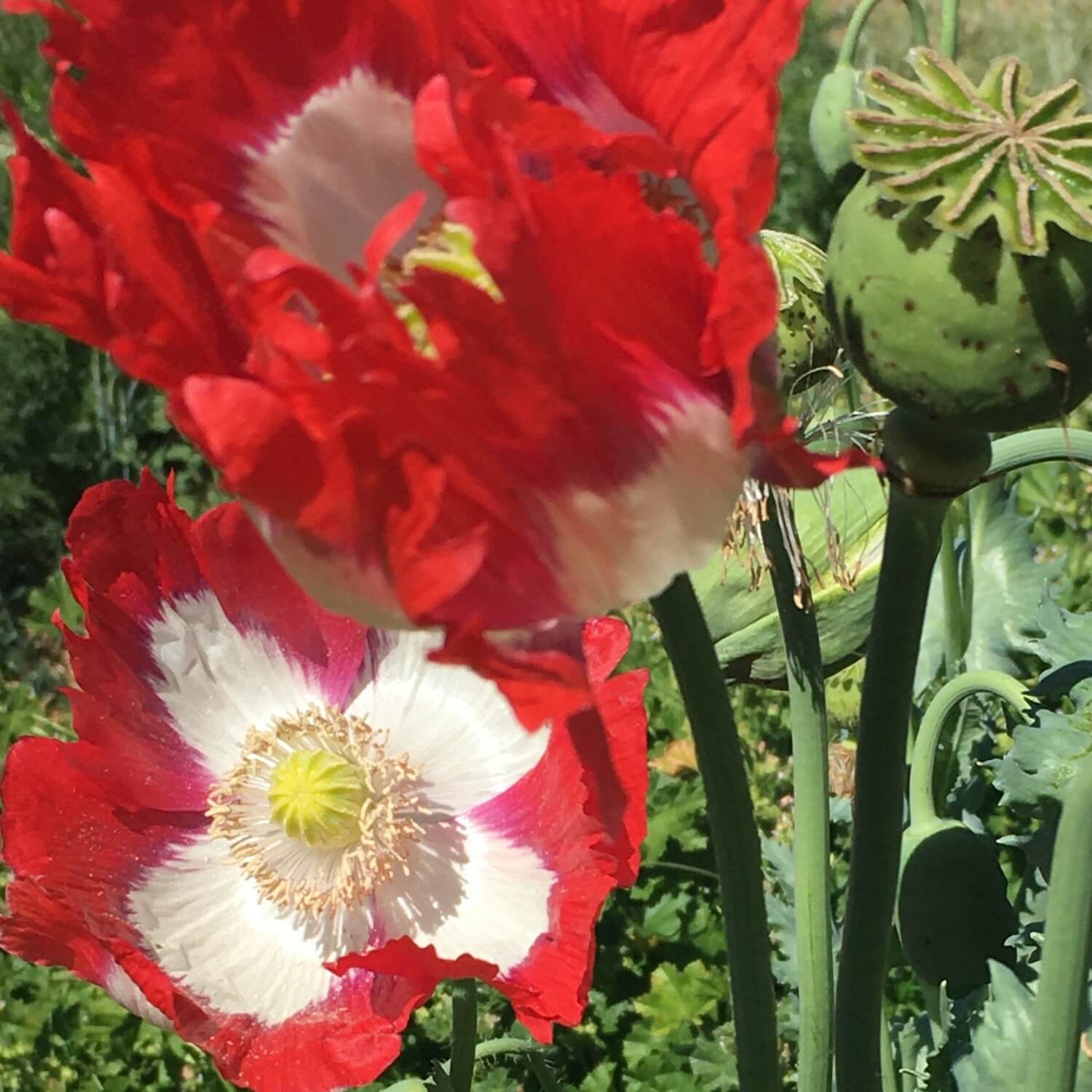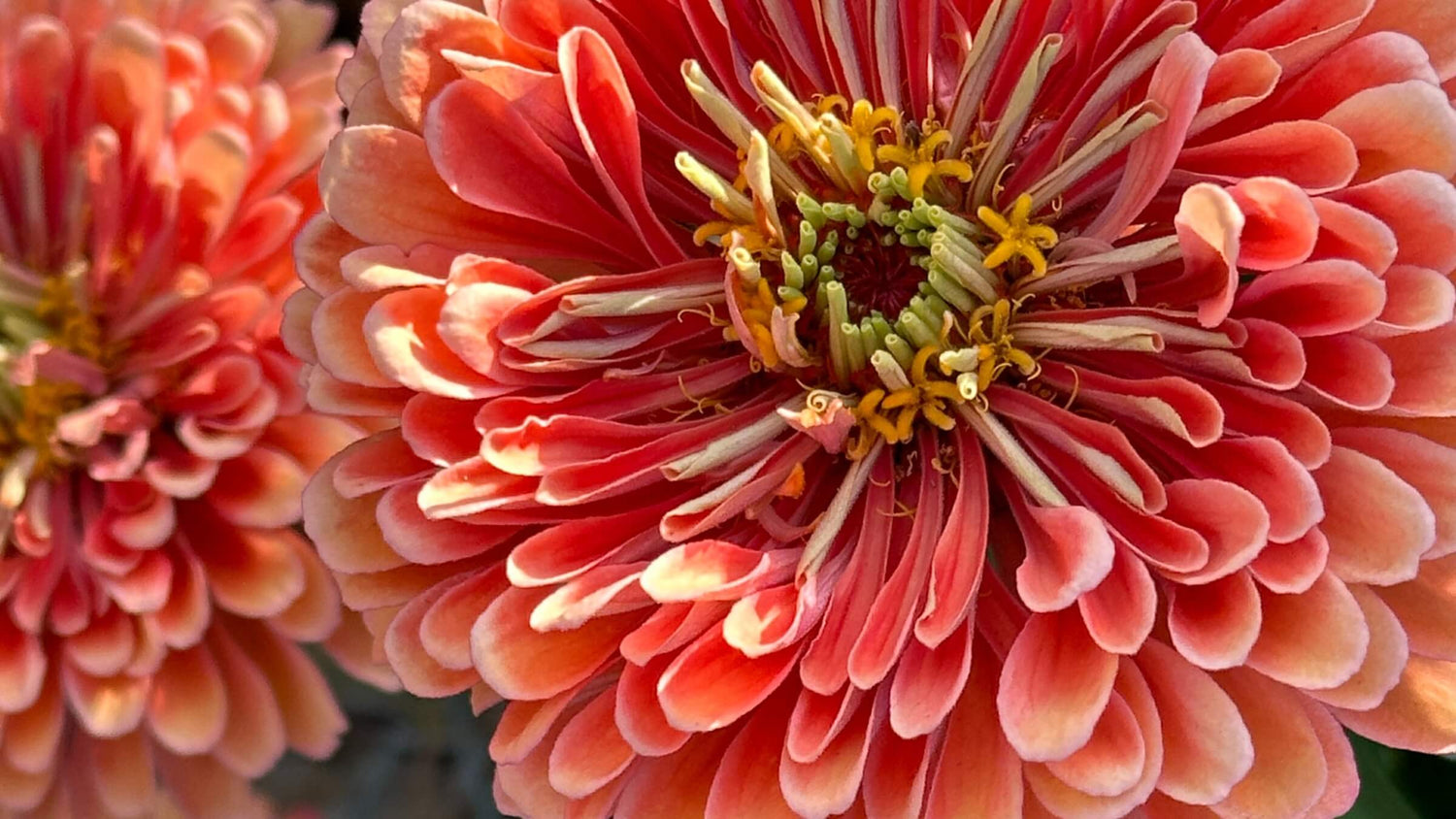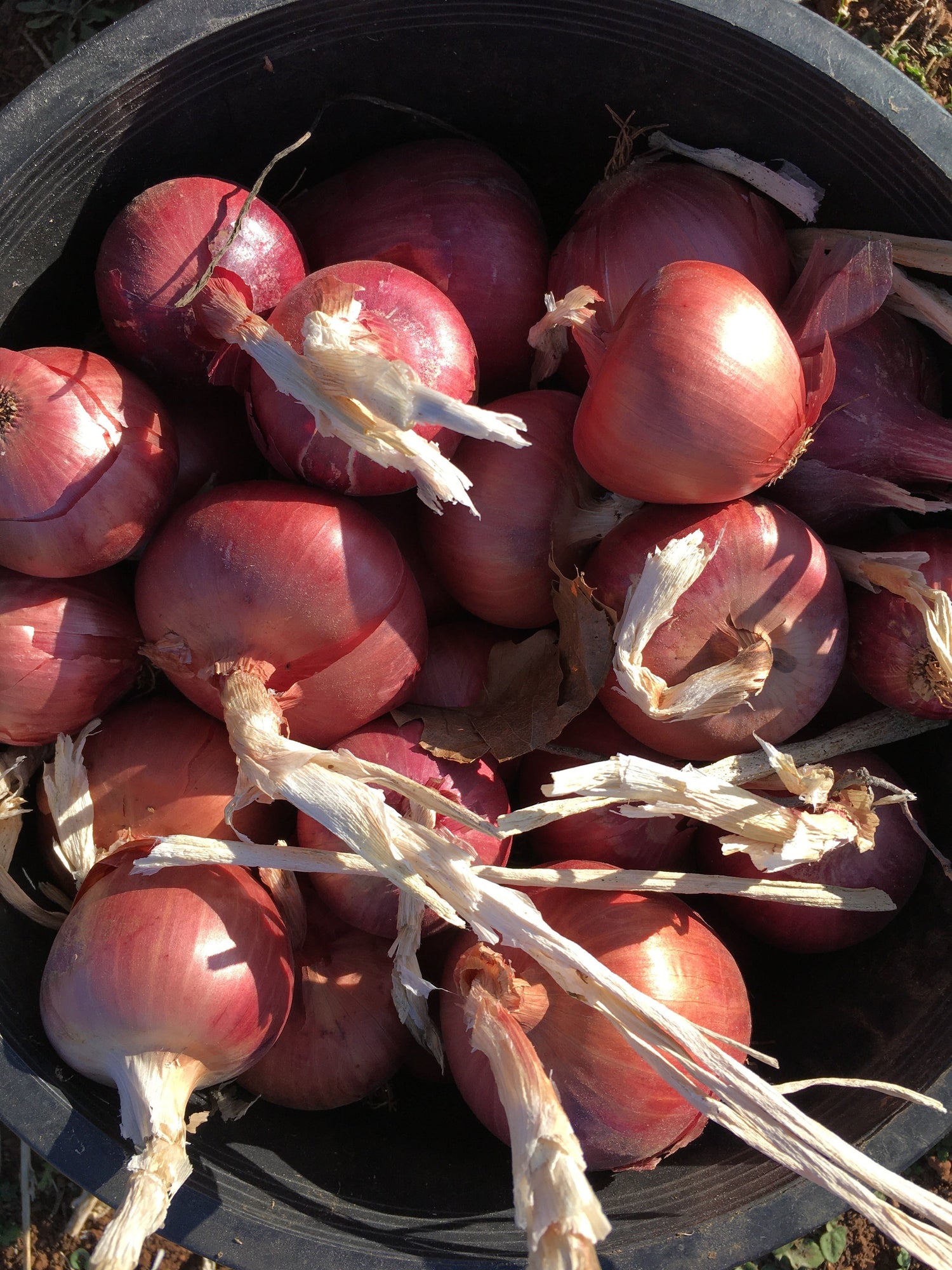There are many things to love about the sunflower: its beauty, height, vigor and food potential to name a few. They have been a regular in my garden for the last 20 years and are always a top seed seller which tells me that my love for this flower is not unique. A few weeks ago I read that the sunflower had become a symbol for Ukrainian resistance and peace and that got me wanting to know more. So I started googling, reading and have distilled that info below.
Origins and History:
The common sunflower Helianthus annuus originated in North America and evidence shows that it was cultivated as early as 3000 BCE by Native Americans in the south west and the plant was eventually distributed throughout the continent and grown alongside corn, beans and squash. It was used for food, oil, medicine, fibers, dye and more. The original wild plant was small seeded and multi branching. Through the selection process the first breeders created a larger seeded and flowering, single stalk plant. There are about 70 other species in the Helianthus genus that are also native to the Americas.
Scientifically sunflower is known as Helianthus annuus derived from the Greek Helios-sun and anthos-flower and annuus means annual. Interestingly the Spanish word for sunflower, girasol, desribes its property of always turning toward the sun. Sunflowers are in the Asteraceae/Daisy family which is charactarized mainly by its flowers. Like other members of this family the sunflower head is actually compromised of many small disc and ray florets that together appear to be a single flower. Other common flowers in this family include Echinacea, Shasta Daisy and Dandelion.
Around 1500 CE the Spanish brought seeds back to Europe where it quickly became popular ornamentally and for food. By the 1700s it was cultivated by the British as an oil crop. In the early 1800s it became an important food and oil crop in Russia where millions of acres were under cultivation in the 19th century. The Europeans and Russians continued to breed the sunflower and create varieties specifically for food and oil production. By the later 1800s these varieties, such as Russian Mammoth, returned to North America with Russian and Mennonite immigrants. Another variety, Tarahumara Sunflower, is believed to have been transplanted from Canada by Mennonite immigrants to the Tarahumara region in Mexico.
Ukrainian National Flower and Symbol of Nuclear Peace
As the national flower of Ukraine, the sunflower has come to represent solidarity and resistance this spring as the conflict in Ukraine has intensified. Historically, sunflowers have been an important part of Ukrainian agriculture since the species made its way there in the 1800s. Specifically it has been grown as an oil crop and is commonly grown in home gardens as well.
Furthermore, it has become an international peace symbol when it was ceremonially planted in a field that once housed nuclear weapons in 1996 by defense minsters from the US, Ukraine and Russia. Similar plantings happened in the US in 1988 by activists known as the Missouri Peace Planters who broke into nuclear facilities and planted, among other things, sunflowers in protest to nuclear weapons. World wide gardeners are planting sunflowers for Ukraine and peace this summer.
Phytoremediation
This is a great word and intriguing concept that in essence means 'to clean up polluted soils and water with plants.' Sunflowers are known hyperaccumulators, meaning they have the ability to pull heavy metals and radiation from the soil. After the nuclear disasters in Chernobyl and Fukushima fields of sunflowers were planted to pull radioactive particles from the soils. The sunflowers were then harvested and disposed of safely. I can't claim to understand the science behind all of it but it seems there may be a lot of potential in this emerging field. Very fascinating!
Growing:
Ideally sunflowers love rich garden soil, abundant water and a long season. However, I’ve also seen them self sow on our farm out in the blazing sun, on hard parched earth, with no water and produce blooms. In general follow these guidelines and if there are kids around, get them involved!
1. Direct sow when possible. Sunflowers have a tap root that will go down up to 3 ft with hairy side roots. Direct sown plants will be stronger and more resistant to lodging (falling over). That said, I have started them in trays many times and transplanted with success. They grow quickly so only start them in trays about 2-3 weeks before planting time.
2. Planting depth: The large seeds can be planted about ½-1 inch under the soil. I often draw a shallow trench along my drip tape and drop the seeds in the trench then cover. I usually sow my seeds more thickly than need be, then return to thin them back to the most vigorous plants.
3. Give them space: Large sunflowers will thrive with 2 ft of space to grow. Smaller varieties do well at about 12 inches.
Seed Saving
Sunflowers are outbreeders meaning they need insects for pollination. See my article on Seed Saving Basics for more info about outbreeders. This means that if you wish to save true to type seed from a sunflower it needs to be isolated from other varieties of Helianthus annuus by up to ½ mile. When you start to see birds eating your seeds and the heads are drooping, it is the time to harvest the seeds. At this point cut the heads and lay them in the shade somewhere with good airflow to continue drying. Later you can pry the seeds loose with your hands. This can be prickly business and I highly recommend gloves! That’s it. Make sure your seeds are nice and dry before storing in glass jars or plastic bags somewhere cool, dry and dark.
Whew! That is a lot of info about sunflowers. There are so many compelling reasons to grow sunflowers this summer: for Ukraine, for peace, for the birds and the bees.






